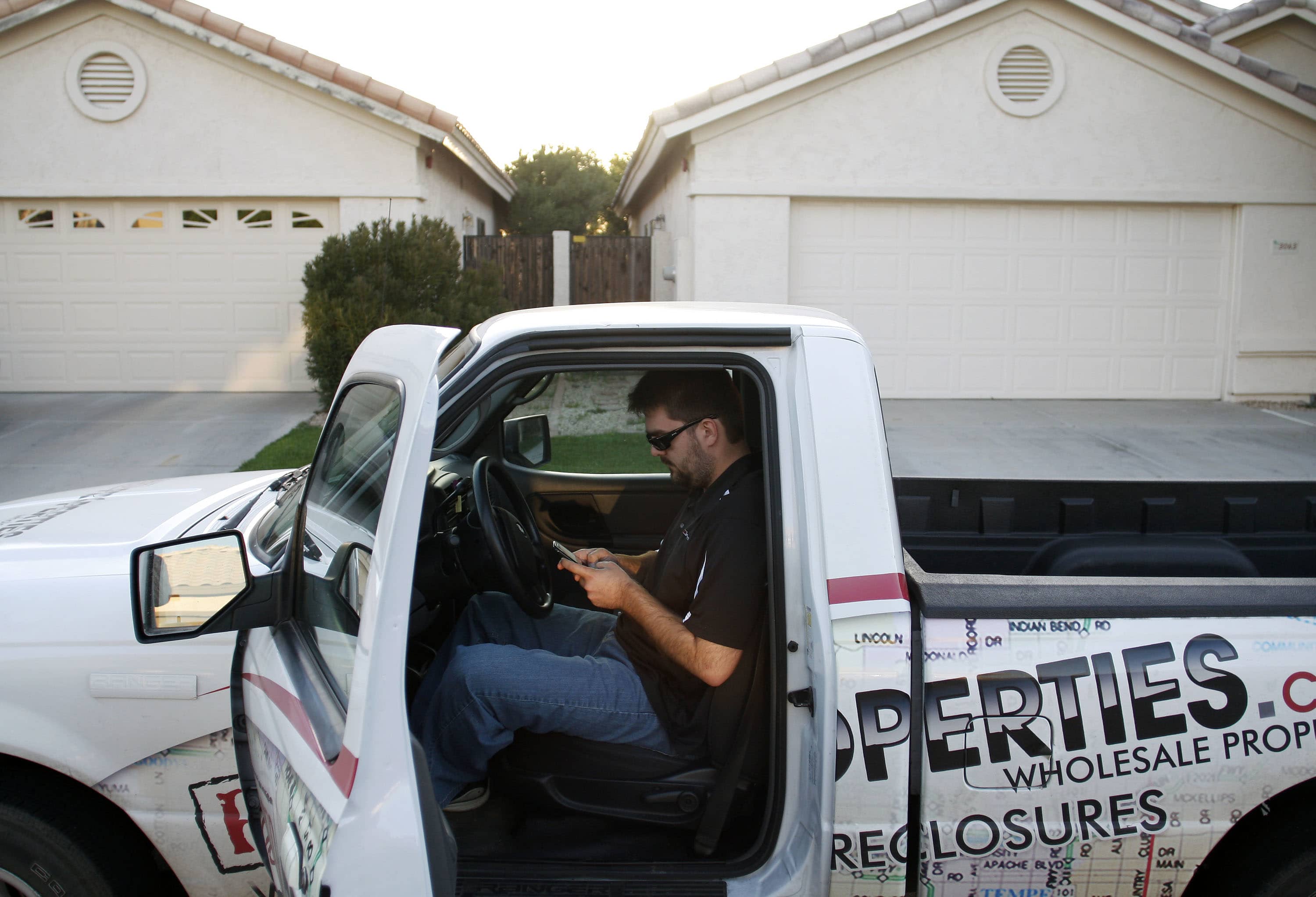Home flipping has never been easy, no matter how much fun TV shows like “Flip or Flop” make it out to be.
It’s been even harder lately, due to low supply, high prices and a run on housing triggered by the coronavirus pandemic.
Flipping a home is defined as buying and re-selling the same home within a 12-month period, and profits rely heavily on both the health of the housing market as well as the cost to flip. Most flippers will upgrade or improve the house in some way to increase their returns.
Despite the long list of obstacles, close to 80,000 single-family homes and condominiums were flipped during the second quarter of this year, according to property database ATTOM. That represents nearly 5% of all home sales. While the volume is lower than the average seen over the past decade, it is the first increase in flipping in more than a year.
The profits, however, are shrinking. The gross profit on a typical flip rose to $67,000 in the second quarter as home values increased. But the return on investment, which is calculated after all the costs of the flip are factored in, dropped.
The return was just 33.5% in the second quarter, down from 37% in the quarter before and down from 40% in the second quarter of 2020. Investors are now seeing the lowest returns since 2011, when the housing market had yet to begin its recovery from the subprime mortgage crash.
“It’s not like home flipping has become a losing proposition. A 33% profit on a short-term investment remained pretty decent, even after renovation and holding expenses,” said Todd Teta, chief product officer at ATTOM. “But with a few more periods like the second quarter of this year, investors may need to reframe how they look at these deals.”
Of course all real estate is local, and flippers in some markets are seeing higher profits than in others.
Metropolitan areas showing the largest flipping returns on investment:
- Oklahoma City, Oklahoma (196%)
- Fargo, North Dakota (185%)
- Pittsburgh, Pennsylvania (154%)
- Omaha, Nebraska (135%)
- Philadelphia, Pennsylvania (100%)
- Buffalo, New York (93%)
- Baltimore, Maryland (91%)
Areas seeing the smallest profits on home flips:
- Gulfport, Mississippi (- 8%);
- Corpus Christi, Texas (+ 0.7%)
- College Station, Texas (+ 1%)
- Longview, Texas (+ 7%)
- Daphne-Fairhope, Alabama (+ 8.5%)
Returns are shrinking for several reasons. Home prices are still rising at a fast clip, but the gains have been moderating lately. In addition, the cost of rehabbing the home are much higher, due to inflation and supply chain disruptions from the pandemic.
What’s more, many home flippers are individuals or small operators who don’t have access to discounted materials like lumber that major homebuilders have, said Teta.
“As a result, they end up basically paying retail like the average consumer,” he added.
The labor shortage is also hitting flippers, causing additional delays and increased costs, which will likely trim profits in the coming quarters as well.
